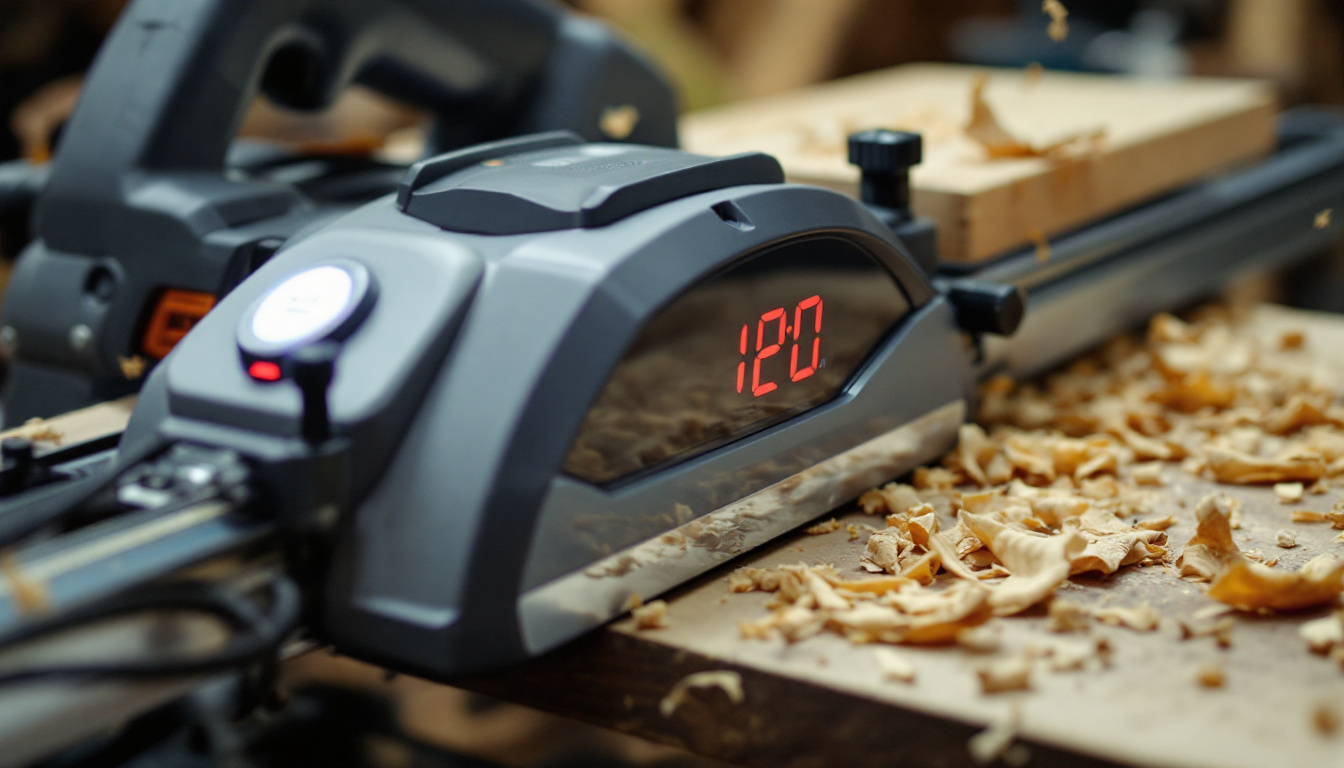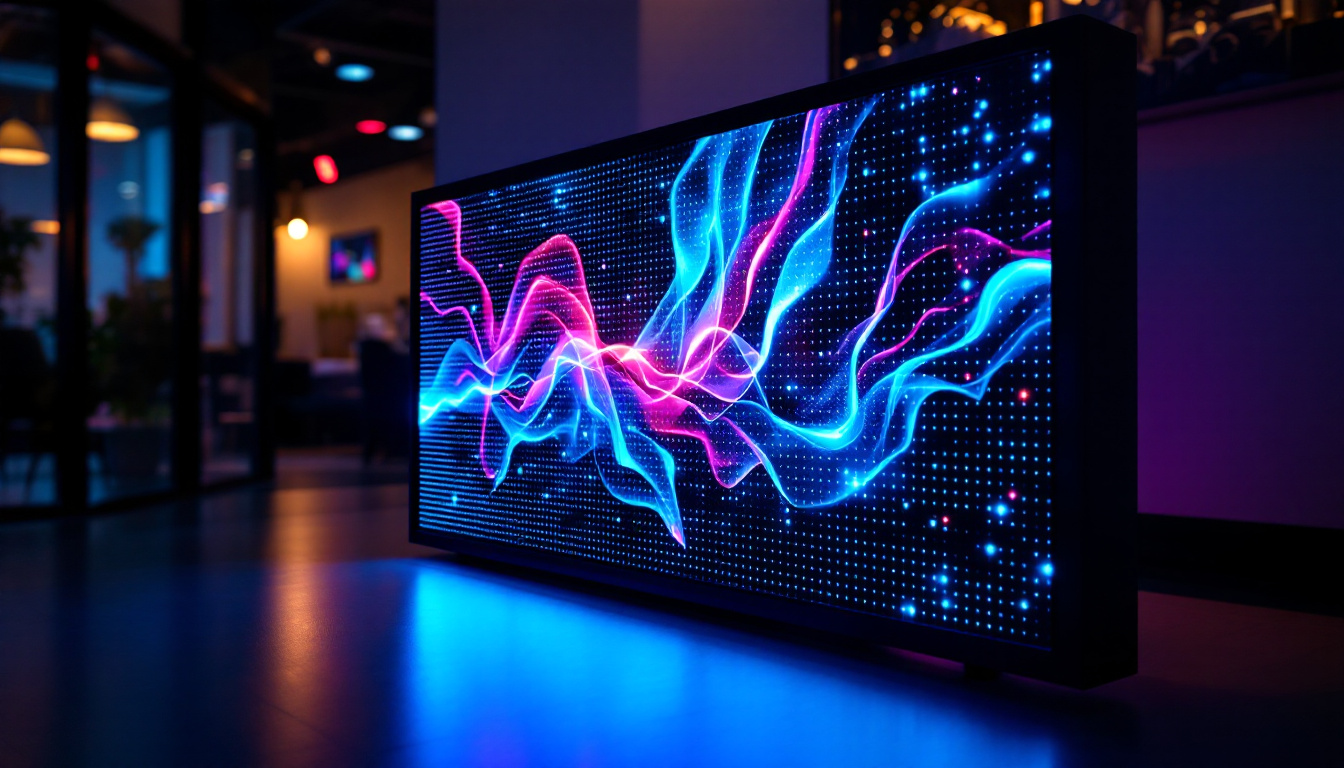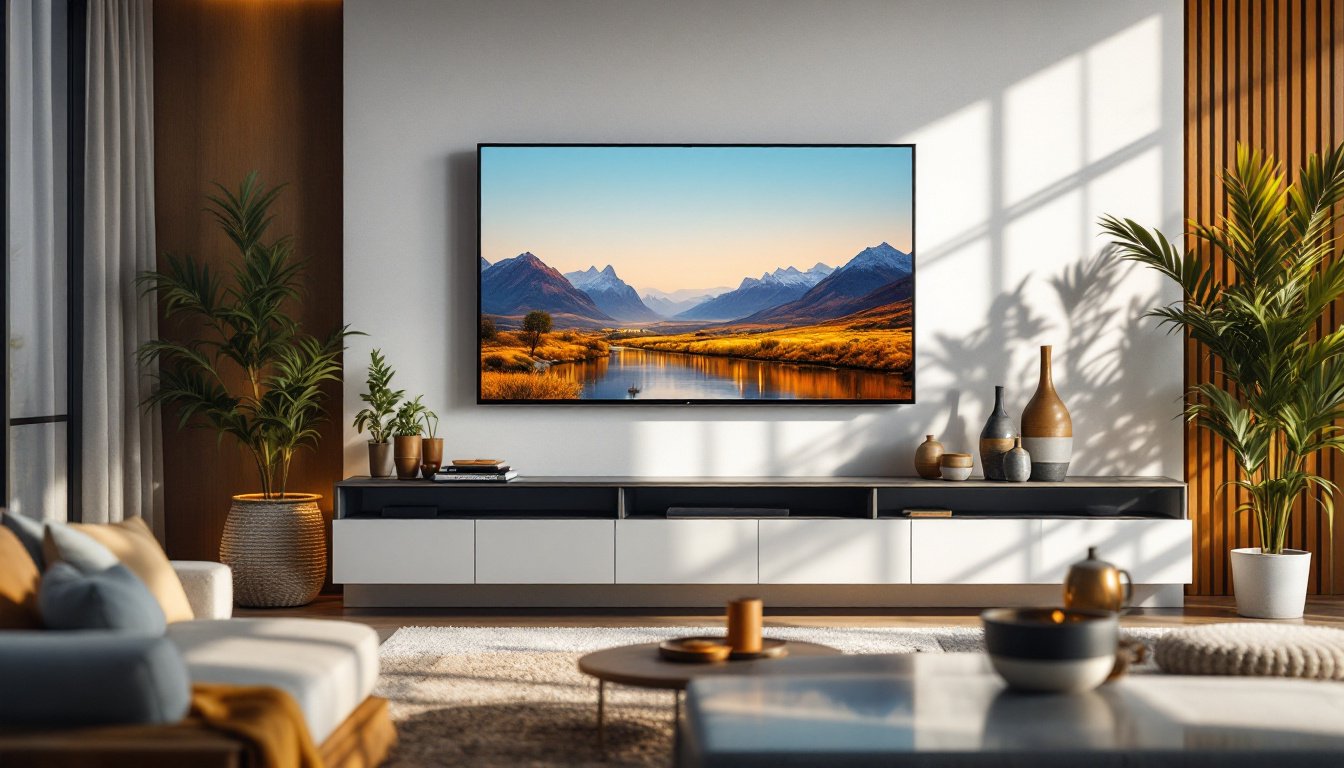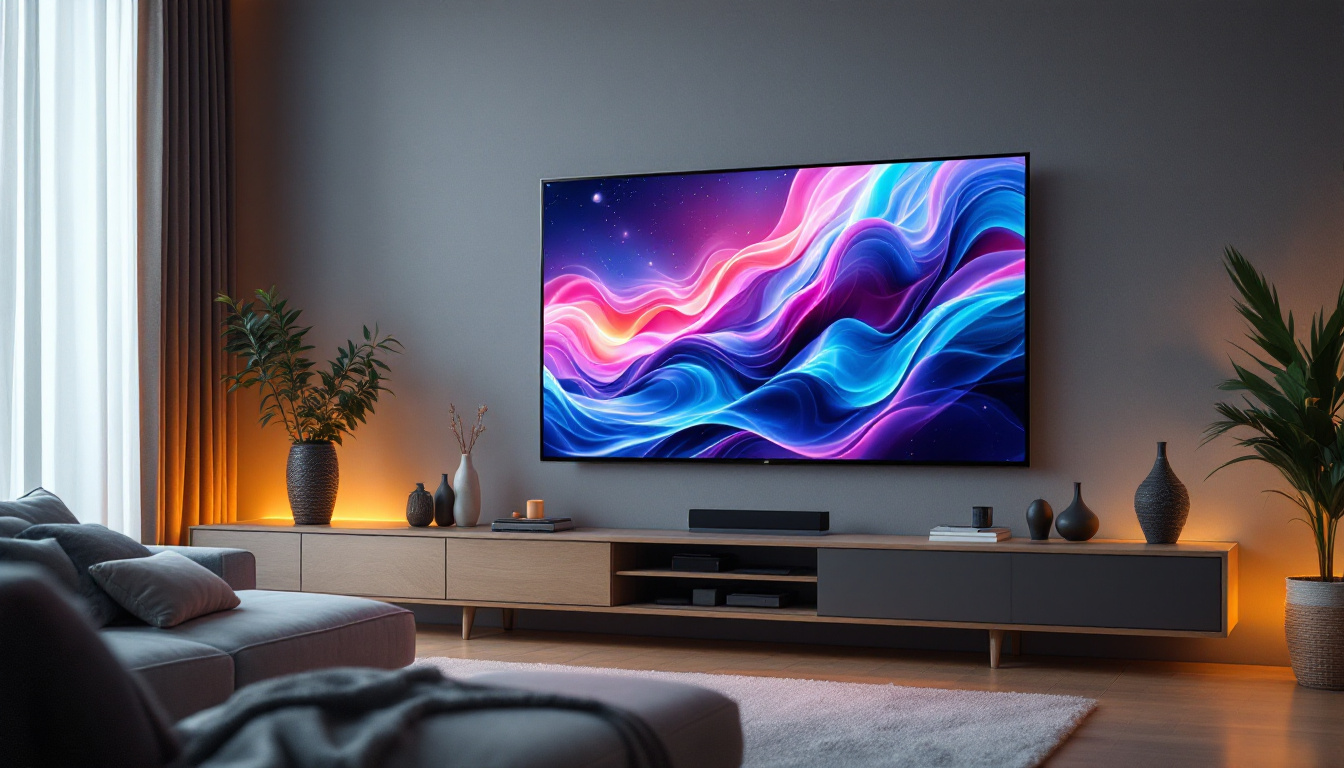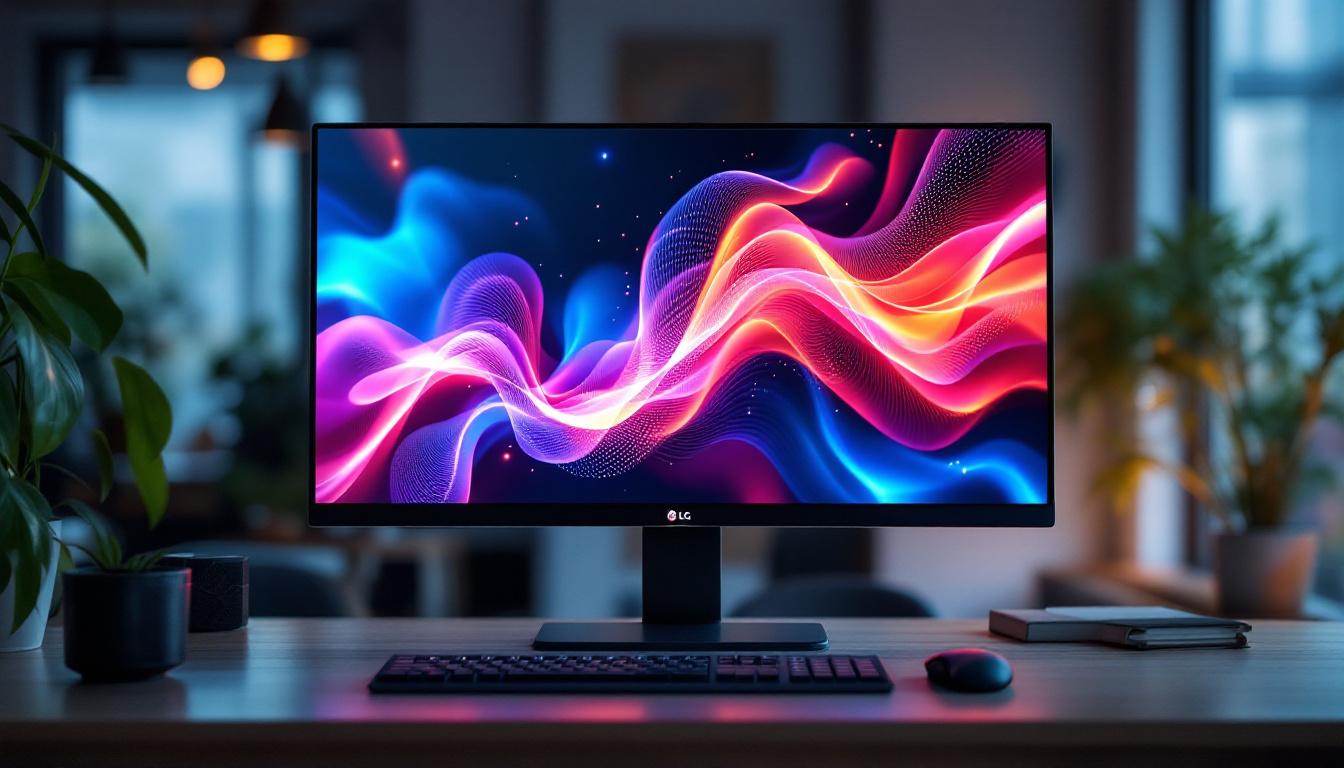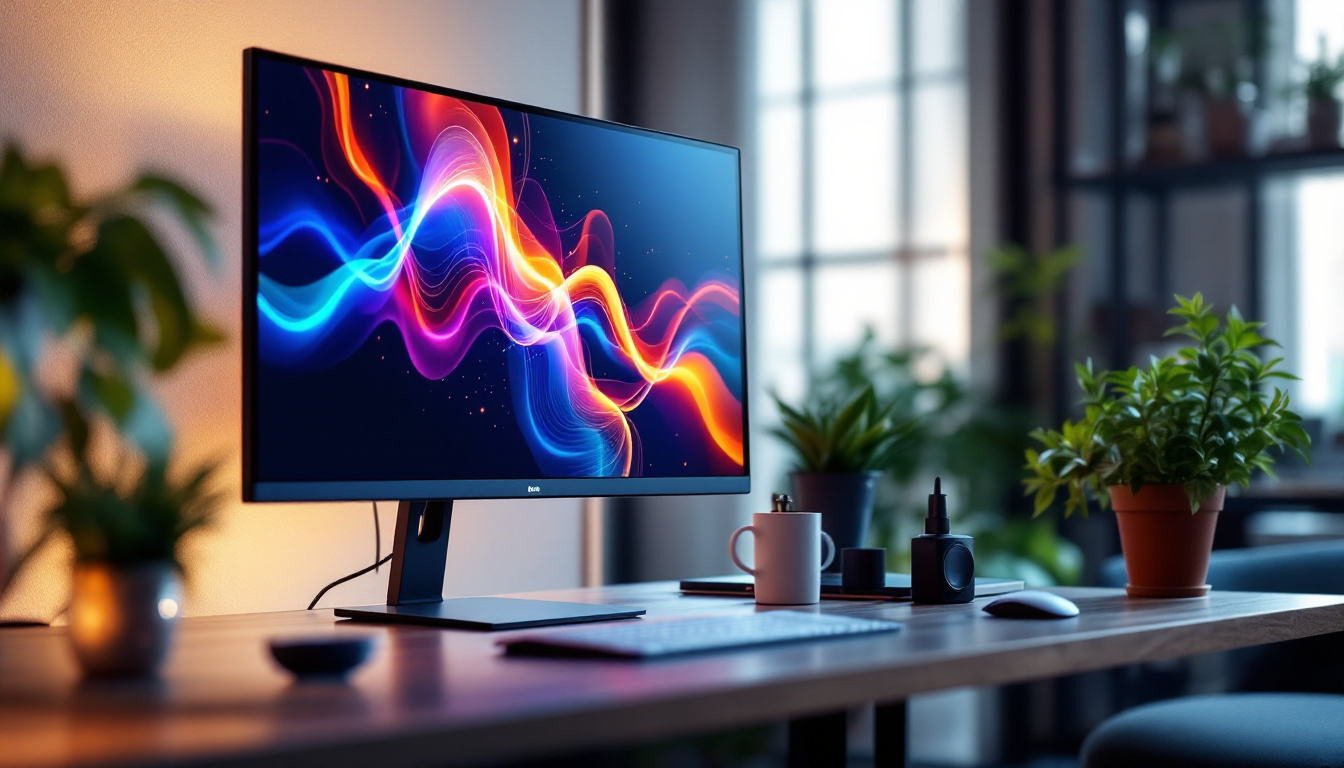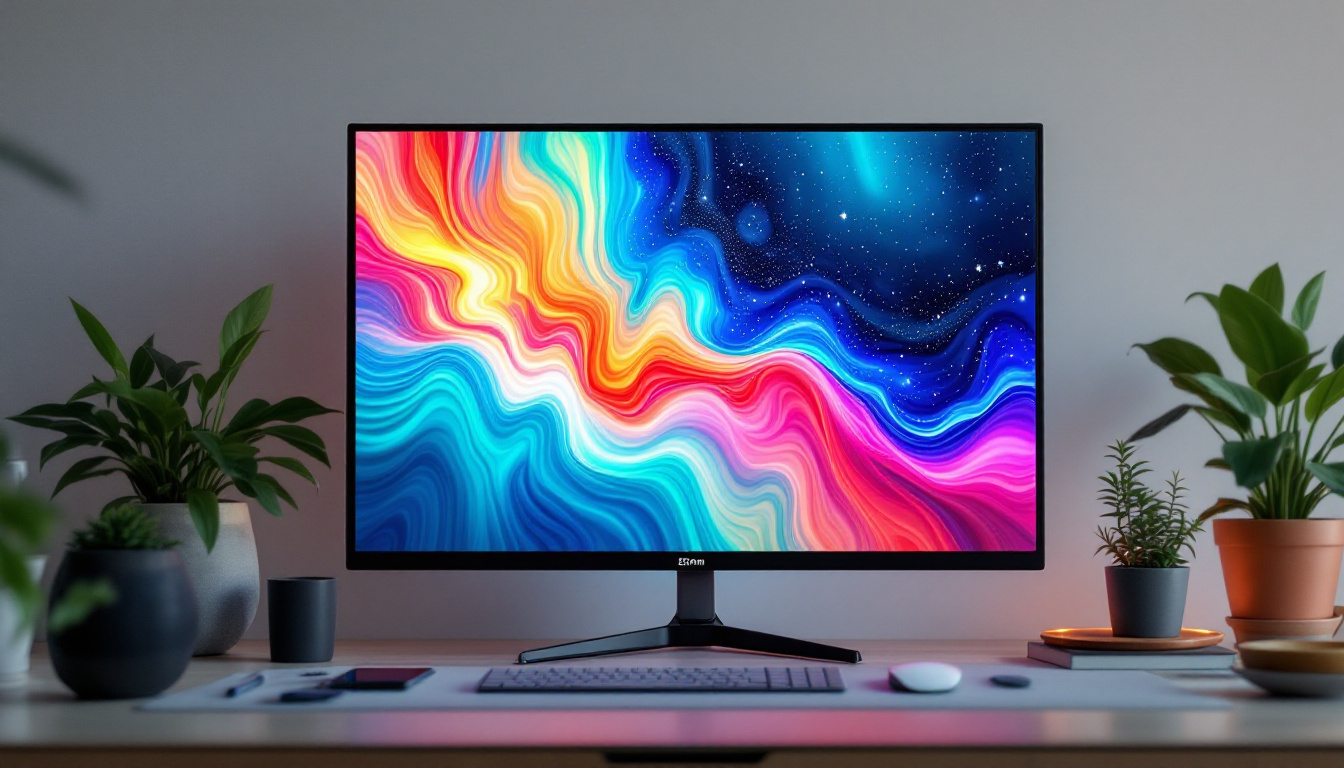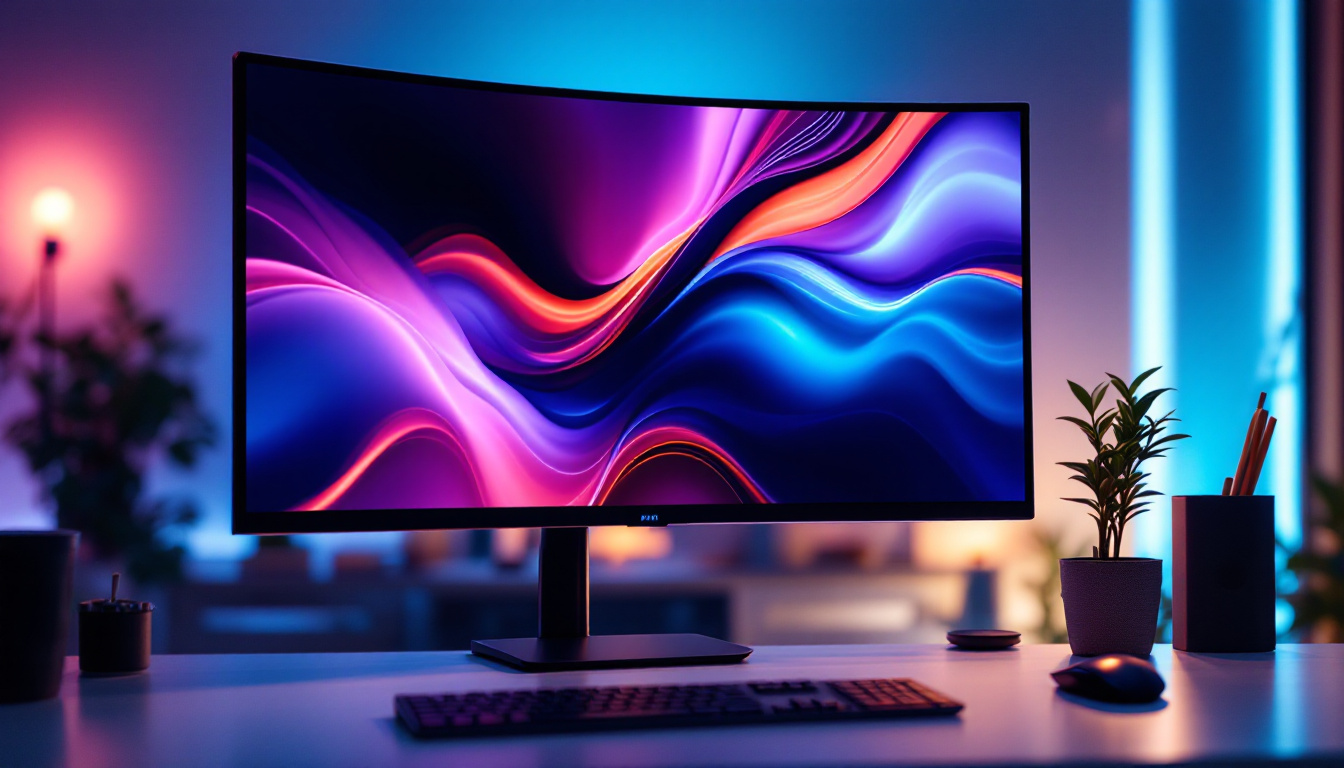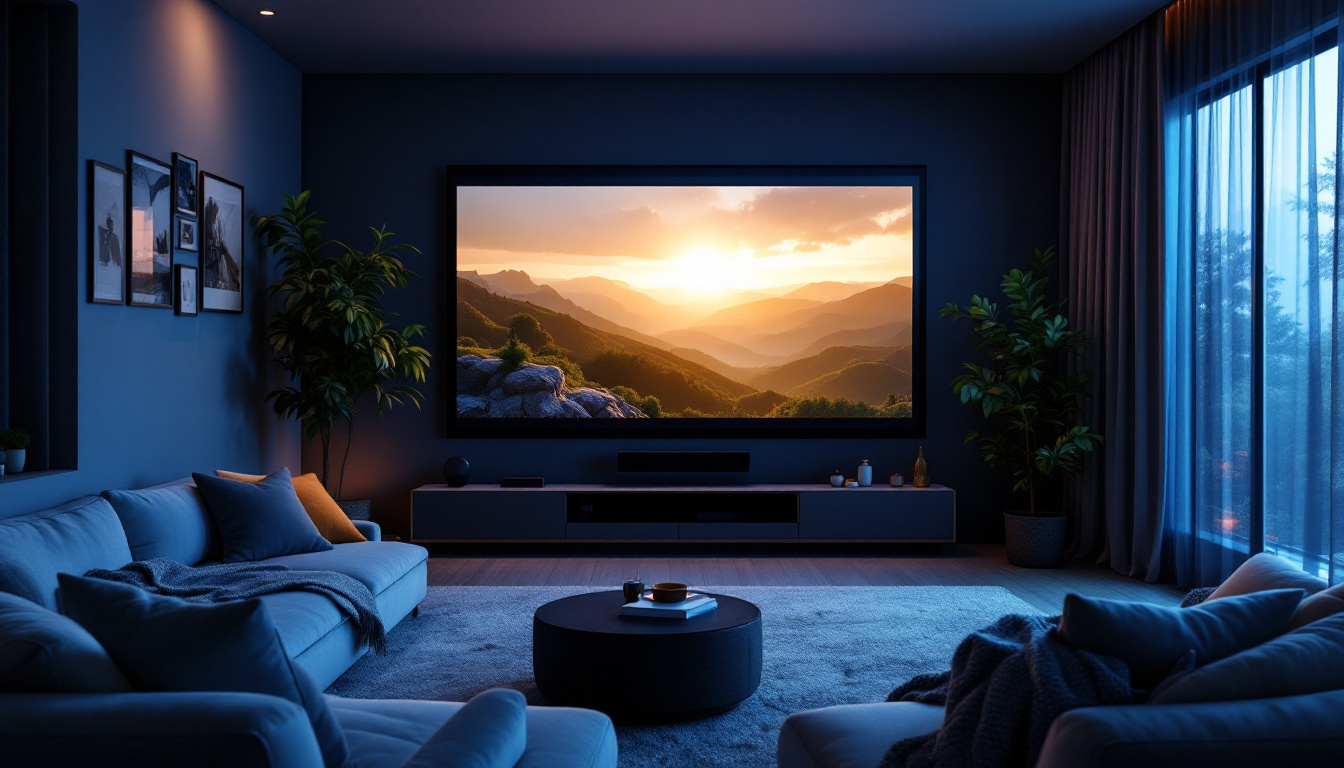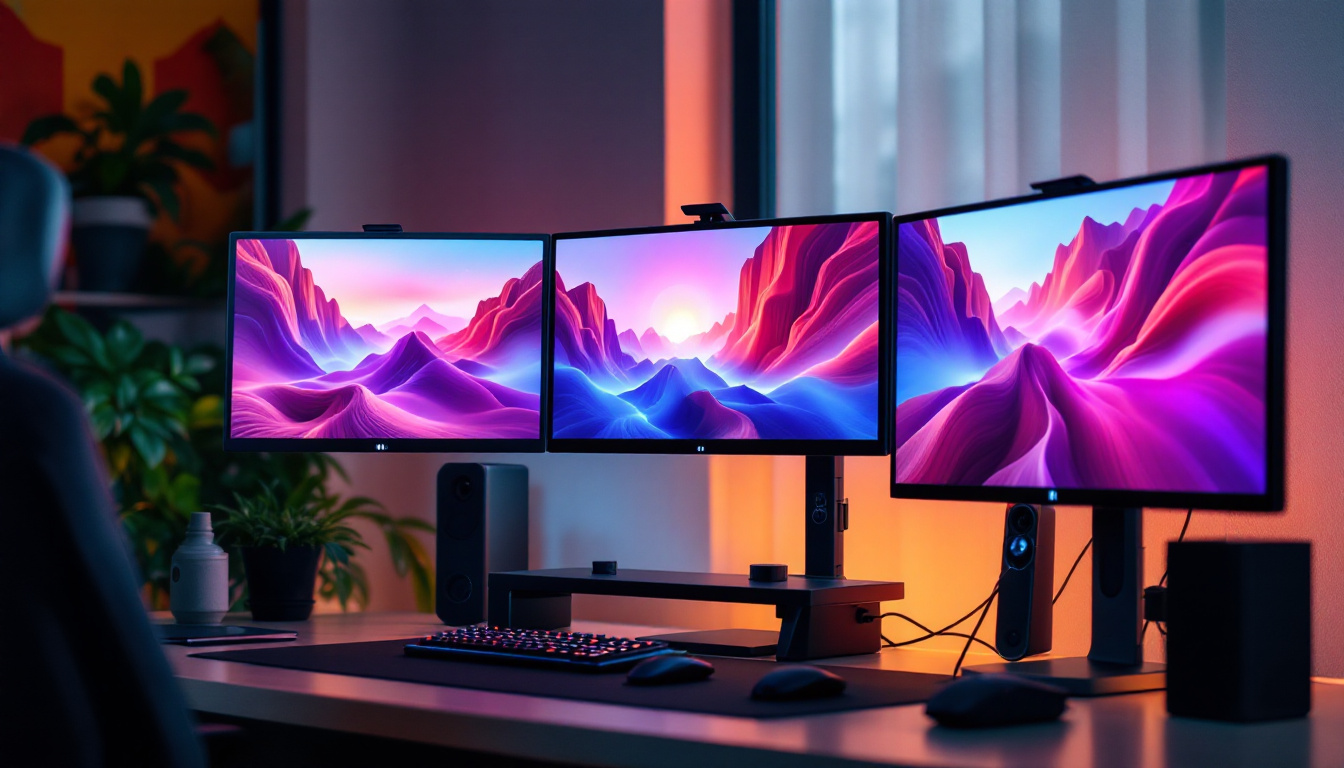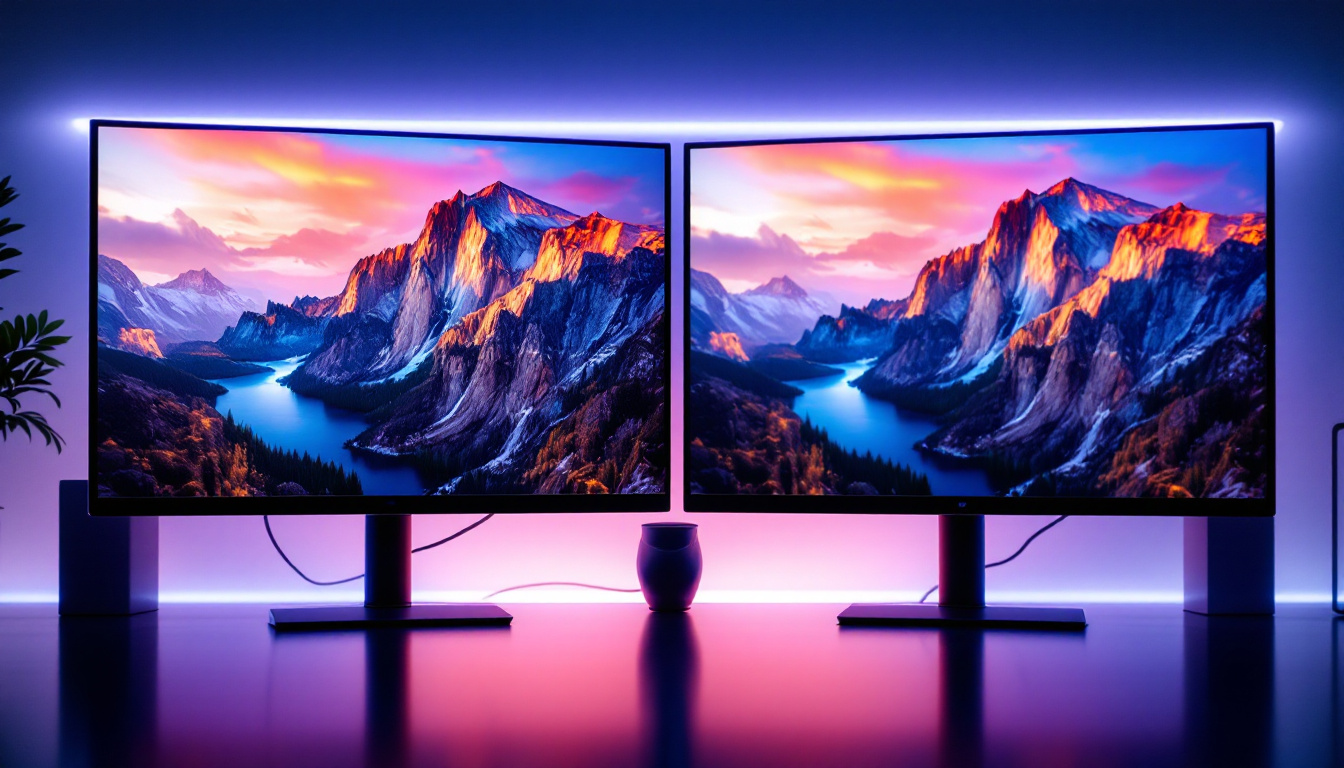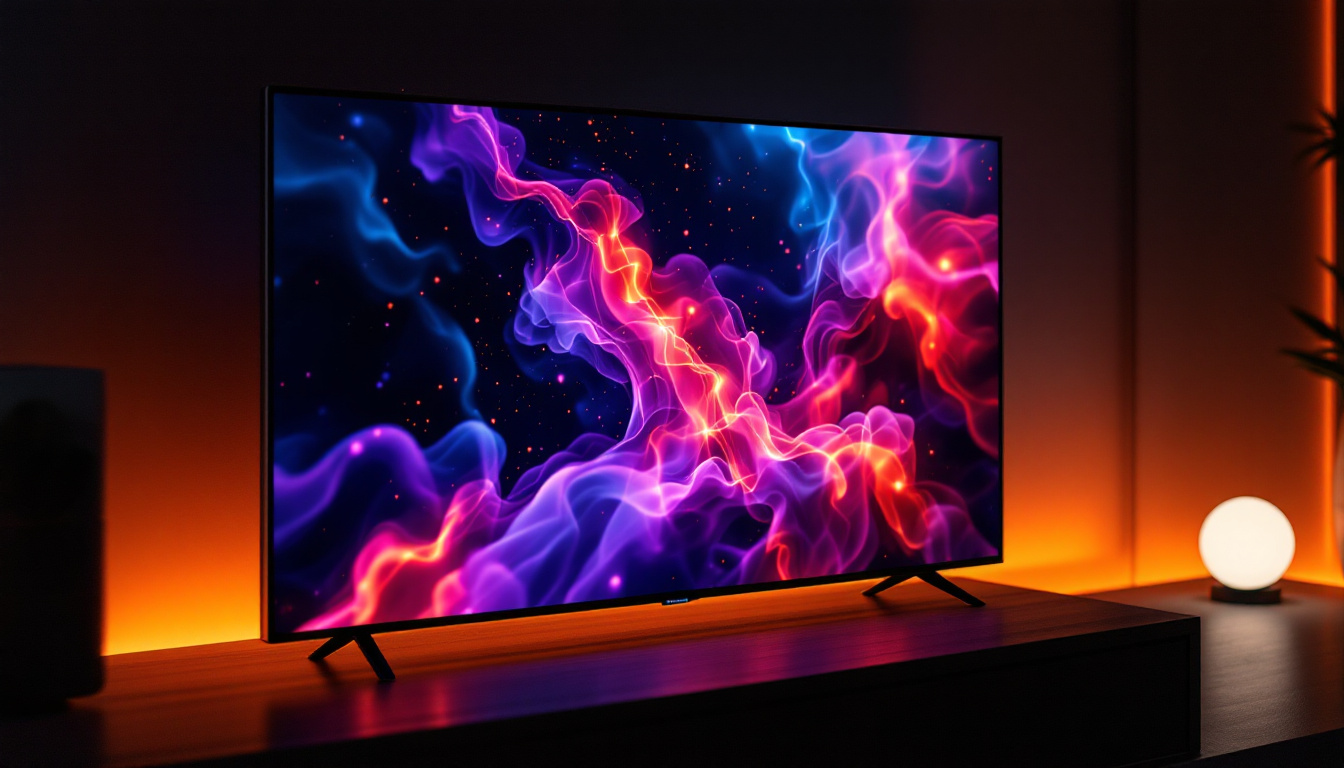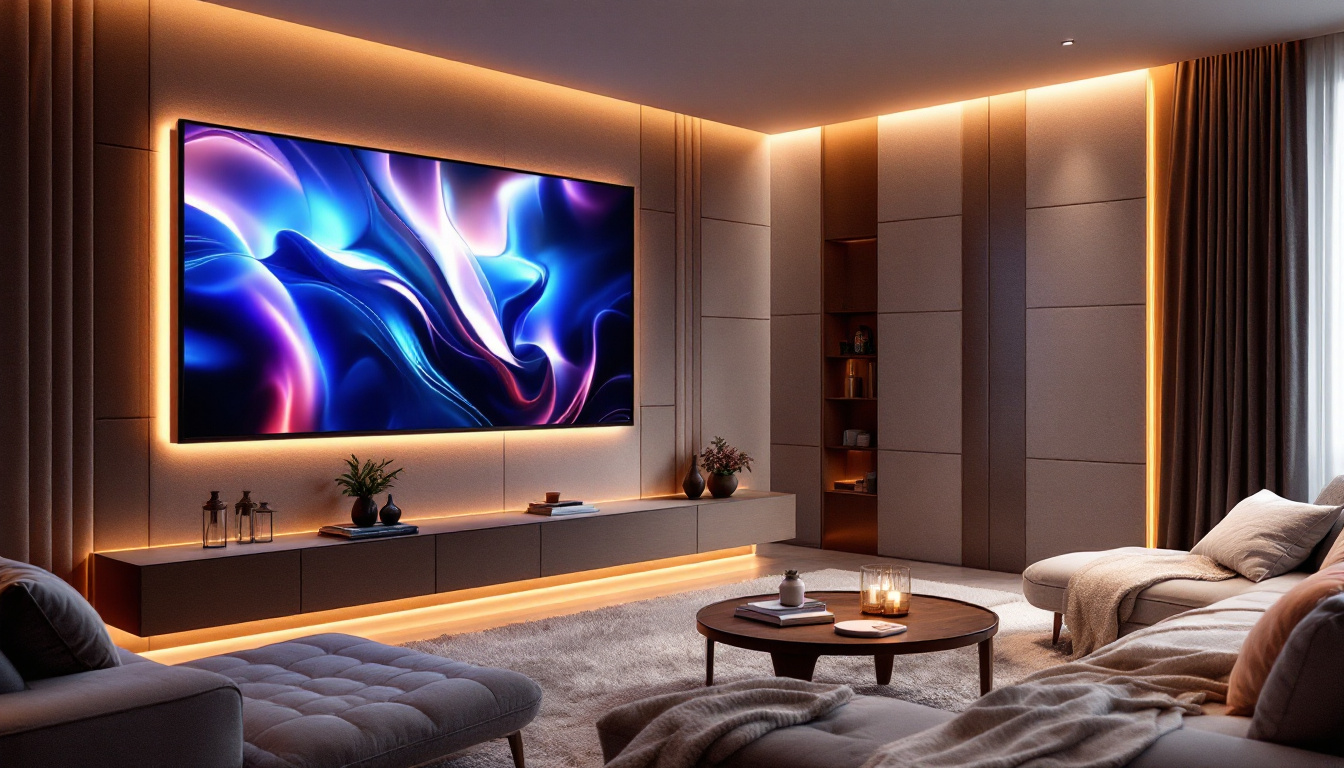In the world of woodworking and carpentry, the planer is an essential tool that allows craftsmen to achieve smooth, even surfaces on their materials. With the advancement of technology, many modern planers now feature LED displays, enhancing their usability and precision. This article delves into the significance of LED displays in planers, exploring their benefits, functionalities, and the impact they have on woodworking projects.
The Importance of Planers in Woodworking
Planers are vital tools in the woodworking industry, serving the primary purpose of flattening and smoothing wood surfaces. They help in achieving uniform thickness, which is crucial for both aesthetic and structural integrity. Whether for professional carpenters or DIY enthusiasts, having a reliable planer can significantly enhance the quality of work.
Types of Planers
There are several types of planers available in the market, each designed for specific tasks. The most common types include handheld planers, benchtop planers, and thickness planers. Handheld planers are portable and ideal for small jobs, while benchtop and thickness planers are more suited for larger projects, providing greater precision and control.
Understanding the differences between these types can help users choose the right tool for their needs. Each type has its own set of features, and as technology evolves, many now come equipped with advanced functionalities, including LED displays. For instance, some modern planers feature automatic feed systems that maintain a consistent speed, reducing the risk of snipe—an issue where the ends of the wood are cut shorter than the middle. This is particularly beneficial for achieving a professional finish on longer boards.
How Planers Work
Planers operate by removing material from the surface of wood using rotating blades. The user feeds the wood through the machine, and as it passes over the blades, the tool shaves off thin layers to achieve the desired thickness. The precision of this process is crucial, as even a slight miscalculation can lead to uneven surfaces or damage to the material.
With the integration of LED displays, users can now monitor various parameters in real-time, ensuring that the planing process is executed flawlessly. This technology not only enhances the user experience but also improves the overall quality of the finished product. Additionally, many planers now come with built-in dust collection systems, which help maintain a clean workspace and improve air quality. This feature is especially important in woodworking, where fine dust can pose health risks over time. Furthermore, some advanced models allow users to adjust the depth of cut with precision, enabling them to create intricate designs and finishes that were once difficult to achieve without extensive manual labor.
Benefits of LED Displays in Planers
The incorporation of LED displays in planers has transformed the way woodworkers operate their tools. These displays offer a range of benefits that enhance both functionality and user experience.
Enhanced Precision
One of the most significant advantages of LED displays is the enhanced precision they provide. Users can easily monitor the thickness settings and make real-time adjustments as needed. This level of control ensures that the final product meets the desired specifications, reducing the likelihood of errors.
Moreover, many LED displays come with digital readouts that offer precise measurements, allowing users to work with confidence. This is particularly beneficial for intricate projects where accuracy is paramount. The clarity of the digital readouts minimizes the risk of misinterpretation, which can occur with traditional analog gauges, thus elevating the quality of craftsmanship.
Improved User Experience
LED displays contribute to a more intuitive user experience. With clear visual indicators, users can quickly understand the current settings of the planer without having to decipher complicated dials or gauges. This simplicity allows for a smoother workflow, especially for those who may be new to using planers.
Additionally, many modern planers with LED displays feature user-friendly interfaces, making it easier for operators to navigate through various functions. This is especially advantageous for beginners who may find traditional planers daunting. The integration of touch-sensitive controls in some models further enhances usability, allowing users to make adjustments with just a tap, thus streamlining the entire planning process.
Real-Time Feedback
Another key benefit of LED displays is the ability to provide real-time feedback during the planing process. Users can monitor the performance of the tool, including blade speed and material feed rates, directly from the display. This information is crucial for making immediate adjustments, ensuring optimal performance throughout the task.
Real-time feedback also helps in identifying potential issues before they escalate, allowing users to address problems proactively rather than reactively. This not only saves time but also enhances the overall quality of the work. Furthermore, many LED displays are equipped with diagnostic features that alert users to maintenance needs or potential malfunctions, ensuring the longevity of the tool and reducing downtime.
In addition to performance metrics, some advanced models also track usage statistics, such as hours of operation and material consumption, which can be invaluable for professional woodworkers managing multiple projects. This data allows for better planning and resource allocation, ultimately leading to increased productivity and efficiency in the workshop.
Key Features of LED Displays in Planers
Understanding the key features of LED displays can help users make informed decisions when purchasing a planer. Different models may offer varying functionalities, and knowing what to look for can significantly impact the user experience.
Digital Thickness Readout
A digital thickness readout is one of the most essential features of LED displays in planers. This feature allows users to set and monitor the exact thickness of the wood being planed. With precise measurements displayed in real-time, users can ensure that they achieve the desired results without guesswork.
Many models also allow users to save specific thickness settings, making it easier to switch between different projects without having to recalibrate each time. This feature is especially useful for professionals who often work with varying material sizes.
Blade Speed Indicator
Another important feature is the blade speed indicator, which shows the current speed of the rotating blades. This information is vital for achieving the best results, as different materials may require different blade speeds for optimal planing.
By having this information readily available, users can adjust the speed accordingly, ensuring that they do not damage the wood or compromise the quality of the finish. This level of control is a game-changer for many woodworkers, particularly those working with delicate materials.
Feed Rate Monitoring
Feed rate monitoring is another valuable feature found in many LED display-equipped planers. This feature allows users to see how quickly the wood is being fed through the machine, which can impact the quality of the planed surface.
By monitoring the feed rate, users can make adjustments to ensure that the wood is fed at the optimal speed for the material being worked on. This helps prevent issues such as tear-out or uneven surfaces, ultimately leading to a better finished product.
Choosing the Right Planer with LED Display
When considering a planer with an LED display, it is essential to evaluate various factors to ensure that the chosen model meets specific needs. With numerous options available, making an informed decision can lead to a more satisfying woodworking experience.
Assessing Your Needs
Before purchasing a planer, it is crucial to assess the types of projects that will be undertaken. For hobbyists, a handheld or benchtop planer may suffice, while professionals may require a more robust thickness planer with advanced features.
Understanding the primary use of the planer will help narrow down options and ensure that the selected model aligns with the user’s skill level and project requirements. This assessment is the first step toward finding the perfect tool.
Researching Brands and Models
Once needs have been assessed, the next step is to research various brands and models available in the market. Reading reviews and comparing specifications can provide valuable insights into the performance and reliability of different planers.
It is also advisable to consider the warranty and customer support offered by manufacturers. A reputable brand with good customer service can make a significant difference in the long run, especially if any issues arise with the tool.
Budget Considerations
Budget is another critical factor when choosing a planer with an LED display. Prices can vary significantly based on brand, features, and overall quality. Setting a budget beforehand can help narrow down options and prevent overspending.
While it may be tempting to opt for the cheapest option, investing in a quality planer can pay off in terms of durability and performance. Users should look for a balance between affordability and functionality, ensuring they get the best value for their money.
Conclusion: The Future of Planers with LED Displays
The integration of LED displays in planers marks a significant advancement in woodworking technology. These displays enhance precision, improve user experience, and provide real-time feedback, making them invaluable tools for both professionals and hobbyists alike.
As technology continues to evolve, it is likely that future planers will offer even more advanced features, further enhancing their capabilities. For those looking to invest in a new planer, considering one with an LED display is a wise choice that can lead to better results and a more enjoyable woodworking experience.
In conclusion, understanding the benefits and functionalities of LED displays in planers can empower users to make informed decisions, ultimately elevating their woodworking projects to new heights. Whether for personal use or professional endeavors, a planer with an LED display is an investment worth making.
Discover LumenMatrix LED Display Technology for Your Woodworking Tools
Ready to take your woodworking projects to the next level with unparalleled precision and user experience? LumenMatrix is at the forefront of LED display innovation, offering a wide array of solutions that can transform your planer’s performance. From Indoor LED Wall Displays to Custom LED Displays, our technology is designed to revolutionize your visual communication and enhance your craftsmanship. Don’t miss out on the opportunity to elevate your woodworking tools with the latest in LED display modules. Check out LumenMatrix LED Display Solutions today and experience the future of digital signage and display technology.

